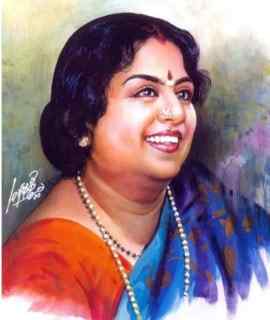


But Hans changed the demographic of writers getting published. The stories were sweet-tongued and the writing transformed into a message of ‘live-and-let-live’, especially among women writers.

On Hans’s contribution to India’s Hindi literary landscape, Anamika, a popular feminist novelist, critic and social worker, said, “In the publications before Hans, writers often came from upper-caste middle-class backgrounds and even if they were influenced by Marx, their language had Gandhi’s sentiment of civil disobedience. “It’s not that bigger lit fests don’t feature Hindi literature, it’s just that Hindi and other regional languages tend to get sidelined there,” says she, adding, “That’s why we wanted to organise an event in the heart of Delhi, where English-reading audiences from all over the country come and listen to our speakers.”Īlso Read | Is literature possible without the presence of the State in our literary imagination? Now the owner of the publication, Rachna noted that since the language of this literature was Hindi, sponsors were few and difficult to come by. The festival was several months in the making, its preparation beginning back in June, according to famed Kathak dancer Rachna Yadav, daughter of renowned writer Rajendra Yadav, who revived Hans in 1986, after it was shut down in 1956 due to financial strains. Her words kicked off the festival, titled “Stri Srijan ka Saara Aakash”, loosely translated to ‘The Boundless Sky of Female Creation.’ The three-day event that took place from October 28 to 30, was the first of its scale by Hans that featured 75 speakers, hosted guests from around the country, and organised seminars focusing on women writing their way around violence, injustice, backsliding of women’s rightsand protest movements.

Also Read | Geetanjali’s Booker opens news vistas for Hindi writers


 0 kommentar(er)
0 kommentar(er)
